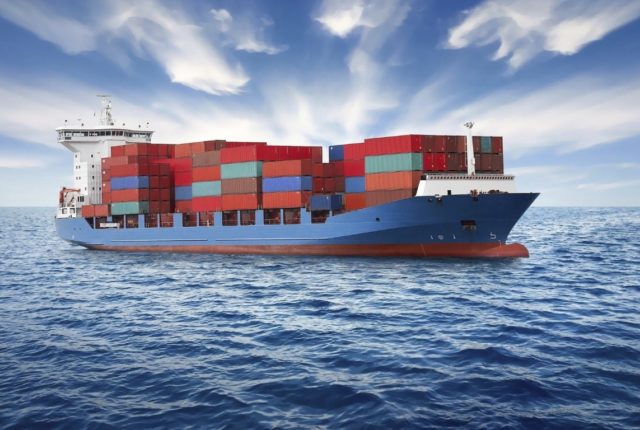
Viewing Your Fleet from a Trading Risk Perspective
When considering risk within vessels, we typically focus on the likelihood of incidents or accidents and their potential severity or consequences. However, when viewed from a trading perspective, risk encompasses more complex and multifaceted aspects related to market dynamics and financial exposure.
What is Risk?
From a trading standpoint, risk involves the uncertainty related to financial performance, market fluctuations, and operational costs. This includes factors like fuel costs, freight rates, and other market instruments that can impact profitability.
Steps to Manage Trading Risk
1. Identify
The first step in managing trading risk is to recognize the necessary expenditures and operational requirements. For example:
A shipowner needs to ensure continuous fuel supply to keep the vessel operational.
2. Measure
Quantifying the risk involves determining the specifics:
- Fuel Needs: Calculate the volume of fuel required and the timeline for these purchases.
- Market Exposure: Assess the current and forecasted market prices for fuel.
3. Examine
Evaluate strategies to mitigate identified risks:
Hedging: Utilize financial instruments to lock in prices and reduce exposure to market volatility. This can involve futures contracts, options, or other derivatives.
4. Implement
Once a strategy is chosen, execute it effectively:
Transaction Execution: Use appropriate exchange contracts and indexes to carry out the hedging strategy. This ensures that the shipowner can secure fuel at predetermined prices.
5. Monitor
Ongoing evaluation is critical to ensure that the risk mitigation strategies are effective:
Risk Reduction Analysis: Regularly assess how much risk has been reduced through hedging and other strategies. Adjustments may be needed based on market conditions and operational changes.
Forward Position View
Having a forward position view is crucial for shipowners to manage trading risks effectively. This perspective allows them to:
- Lock in Profits: By securing prices for fuel and freight rates ahead of time, shipowners can stabilize their costs and revenues, ensuring more predictable profit margins.
- Take Necessary Actions: Implement proactive measures to hedge against market fluctuations and protect against potential losses.
Risk Management with Vasco Systems
Vasco Systems’ Forward Thinking Freight integrates advanced risk management processes and tools, enabling users to:
- Comprehensive View: Access a complete overview of all trading positions, including fuel purchases, freight rates, and financial instruments.
- Effective Risk Management: Make informed decisions to manage and mitigate risk, leveraging advanced analytics and real-time data.
- Optimized Profitability: Utilize sophisticated strategies to lock in profits and maintain financial stability despite market uncertainties.
By applying advanced risk management techniques, shipowners can enhance their ability to navigate the complexities of trading risks, ensuring their fleet operations remain profitable and resilient in the face of market volatility.




